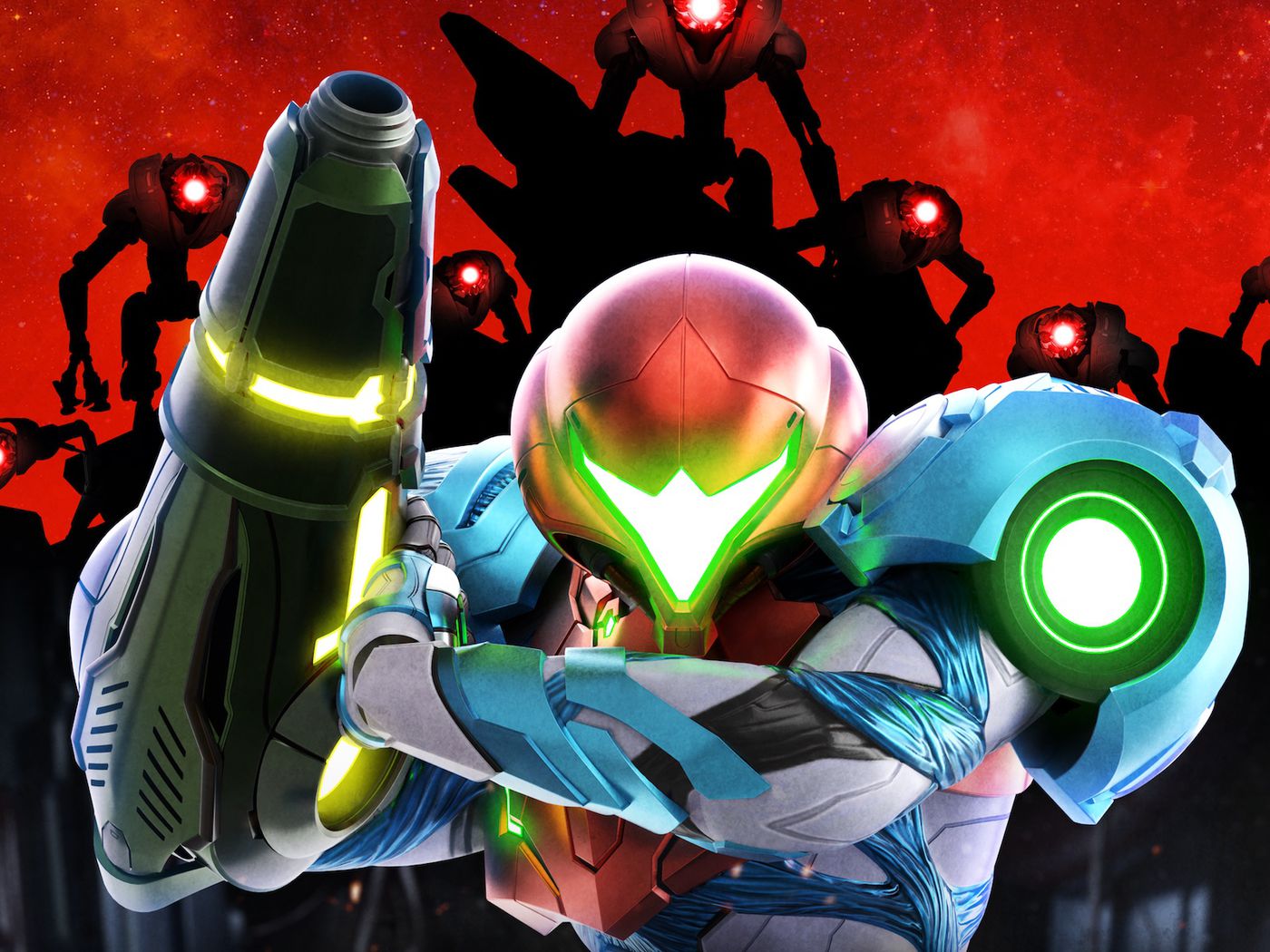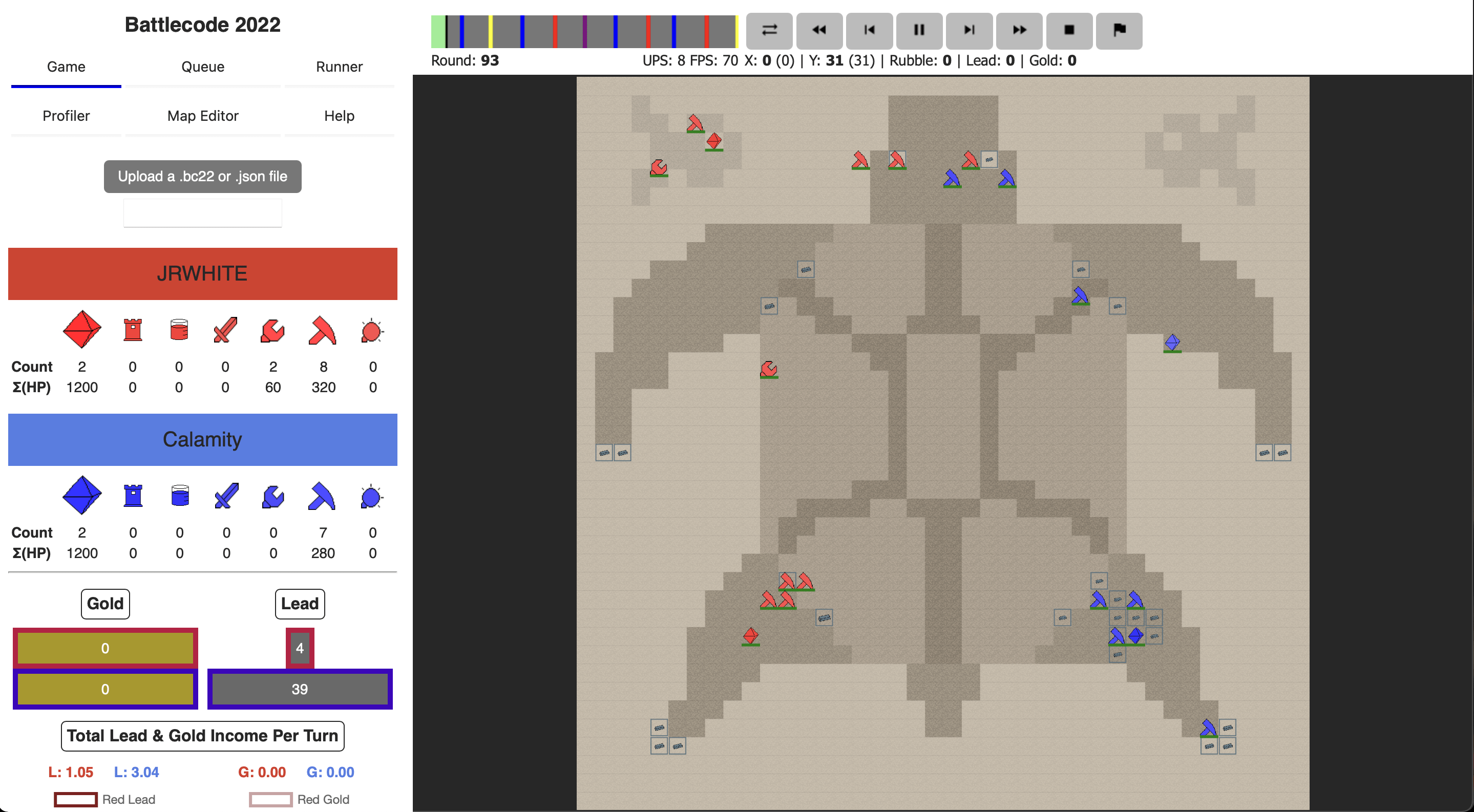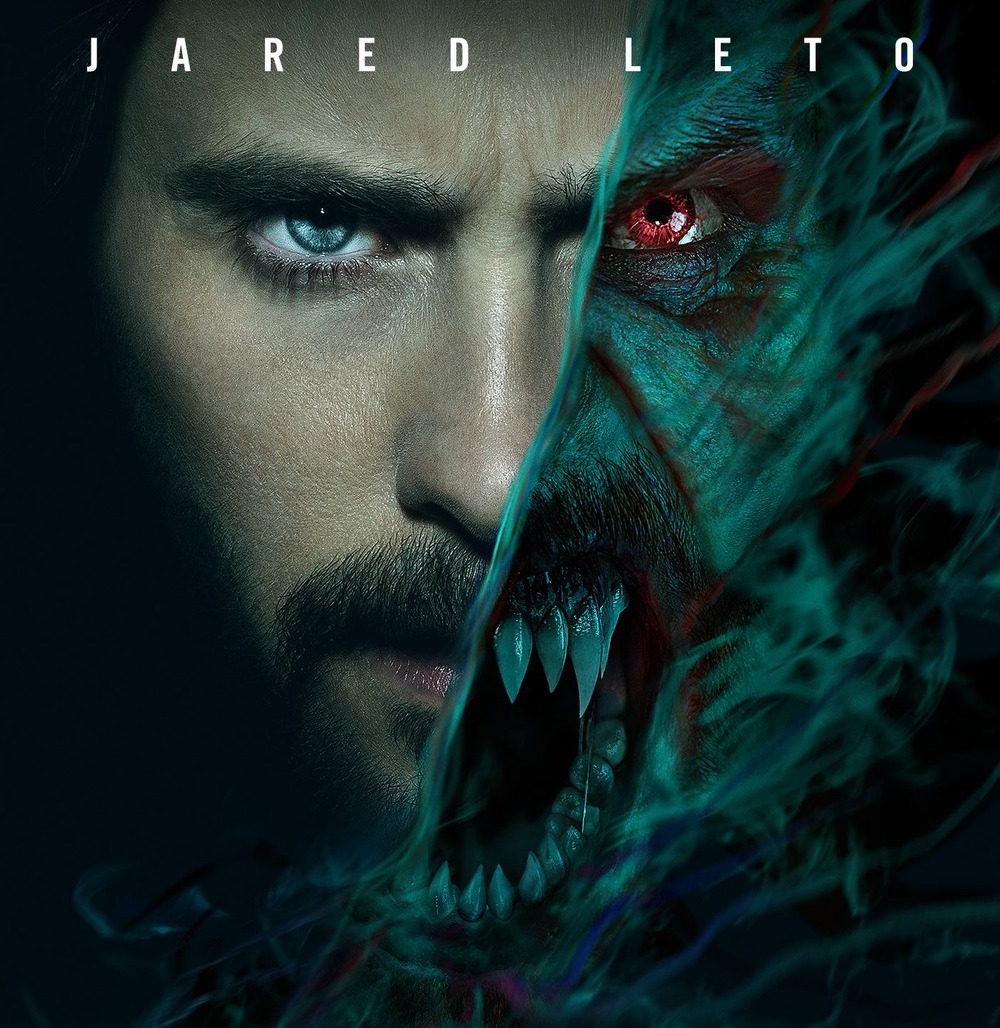Metroid Dread revitalizes the Metroidvania genre with the polish of a Triple-A publisher
Samus Aran, Space Bounty Hunter Extraordinaire, wakes up on the unknown Planet ZDR suffering from what her computer describes as physical amnesia.
A mysterious message showing an image of the genocidal Parasite X brought her to ZDR. On arrival, she was bashed within an inch of her life by the power-hungry Raven Beak, a member of the benevolent Chozo, an ancient and powerful race of aliens.
Once again, Aran is in a new world, with only her wits and guns to save her.
Aran, the face of the Metroidvania genre, has been largely absent for the last decade and a half.
Outside of handheld systems, Aran has not explored a 2D world since 2005. As a result, Metroid Dread is a long-promised return to form.
I have dearly missed Aran. Her long foray into the 3D world in the Prime trilogy was not my favorite, and I counted the days until Dread dropped.
Many worried about the weight that Dread carried for the series. Super Metroid sits securely in mine and many others’ Top Five. The game redefined what you could ask of a player. Metroid bravely created its eponymous genre; the experience was wholly original. I worried if, after all these years, a Metroid game could still create such an engaging world.
Metroid Dread is familiar with the weight of the return and handles it beautifully. Where past Metroid games have been dense and clunky, Dread is fluid. Satisfyingly aggressive melee attacks and quick-time events engage the player constantly and take the pain out of farming for resources and health.
Dread is also remarkably cinematic. Each boss fight is a beauty. The classic enemy of Kraid is reimagined and made wonderfully cinematic. Each damage phase shifts your perspective, immersing the player and making each cycle of attacks immensely satisfying. Aran sprints at Kraid and delivers a flurry of visually satisfying attacks. Your goal and the path you need to take are always clear, but the journey is still complex and engaging.
Even more, Nintendo has taken steps to make Metroid more accessible. The primary flaw in past iterations in the series was getting lost. Poorly designed maps and an almost nonexistent menuing system can make the adventure through the world of a Metroid game painful. Through clear markings and ability explanations, “Dread” makes sure the player’s exploration is always facilitated by the game.
Despite these changes to accessibility, the beautiful sense of adventure that champions the series is still intact. I was excited with each new discovery and would comb the map, making sure I had explored every corner of the world. I specifically loved unlocking the grapple, which opened up whole sections of the world. The rich world of “Dread” guarantees that you will rarely be confused at your next objective.
The tools and abilities you earn create complex and interactive gameplay situations. A new depth is given to every in-game region.
The only grievance I hold with this game is the audio design. The musical accompaniment of “Dread” is too atmospheric. The sound of Aran’s boots hitting the metal floors over and over again was grating to the point that I decided to play the game without sound after a couple of hours.
Despite that, “Dread” is still a beautiful return to form, a solid 4 ½ out of 5 stars for intuitive gameplay systems and massive quality of life improvements, only losing the half star because of poor audio design.
[letsreview]
— By Adam Akins




